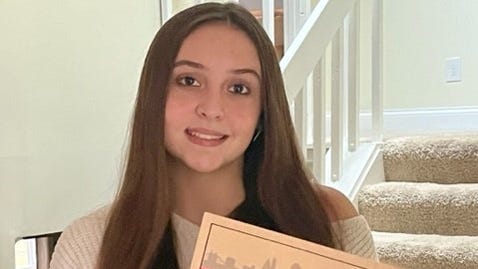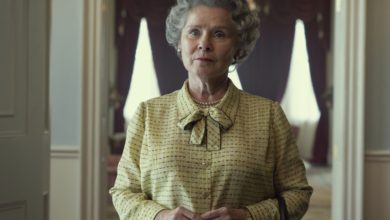

In Carolyn L. Mazloomi’s home studio, there are quilts on the walls, quilt books on the table and quilts stacked waiting to be photographed for an upcoming exhibition.
To step inside is to be surrounded by colorful fabric stories.
Mazloomi is a quiltmaker whose work explores her African American heritage and issues of social justice.
She has curated over 15 exhibitions in museums across the country and has worked to rectify early scholars’ misunderstandings about African American quilts.
“Quilts are like historic documents,” Mazloomi said. “When I curate exhibitions, all types of quilts are included because the style of work is just as diverse as we are a people.”
Trained as an aerospace engineer, Mazloomi worked as a crash site inspector before founding the Women of Color Quilter’s Network in 1985. She wanted its members, mostly senior women living under the poverty level in the rural South, to have the opportunity to sell their work to sustain themselves and their families.
Cynthia Lockhart, a fiber artist and University of Cincinnati professor emeritus, joined the WCQN early in her career. She said Mazloomi’s influence helped her to see herself as an artist.
“She saw that there was a void with poor African American women of color. As an aerospace engineer, she has that functionality to solve problems in a big way, but then also she has that creative side to her, so she's quite unique,” Lockhart said.
When George Floyd was killed by police in Minneapolis, Mazloomi curated a series of seven exhibitions that opened simultaneously in Minneapolis and focused on racism, police brutality and memorializing people who were killed by the police. Mazloomi said she was deeply moved by the bystander-shot video of Floyd’s death, particularly when he called out to his mother.
“I felt he called me. That was a clarion call for every mother on Earth,” she said.
Mazloomi wants her quilts and her exhibits to touch people’s souls and spark conversation. Her friends say just listening to her speak creates that kind of connection.
“She is actually larger than life," Lockhart said. “To hear her speak is just a joy with her intellectual prowess, reverence and her ability to connect with people.”
Sara Vance Waddell, a close friend of Mazloomi, met her when she bought one of her quilts for her wife.
“She's got such a brilliant mind that I just love being around her. It really feeds my soul,” Waddell said.
Mazloomi is working on her last exhibition for the James Museum in St. Petersburg, Florida, about the presence of African Americans in the West.
“We as human beings have a lifelong affair interaction with cloth and I feel quite privileged to be able to use that cloth to tell difficult stories,” Mazloomi said.
About Carolyn L. Mazloomi
Birthplace: Baton Rouge, Louisiana
Current residence: West Chester Township
Family: Two sons, one who lives in West Chester and one who lives in Cincinnati
Education: Undergraduate degree in aerospace engineering from the Northrop Institute of Technology and a doctorate degree from the University of Southern California
Occupation: Curator, writer and artist
What she says
What inspires you to give back? “I deal with issues of social justice – racism here in America, the plight of immigrants, the status of women, the status of refugee children. I want people to see the work and have it touch their hearts and minds, in hopes that they will open themselves up to think differently. That's the objective of creating art: to touch the spirit and soul.”
What need in the community would you like to see addressed? “The plight of the Haitian refugees. The Haitian boat people have been a subject for me for the last 30 years as they've tried to escape poverty and violence in their country. I made a quilt about the unfairness of the immigration system because I feel it's not fair for everybody."
Who most influenced or inspired you to care about others? "I have five grandchildren and I want to leave them not only my work, but the work of important artists within our culture. I want my grandchildren to know that and to realize that we have contributed to the artistic canvas of America."
Source link








